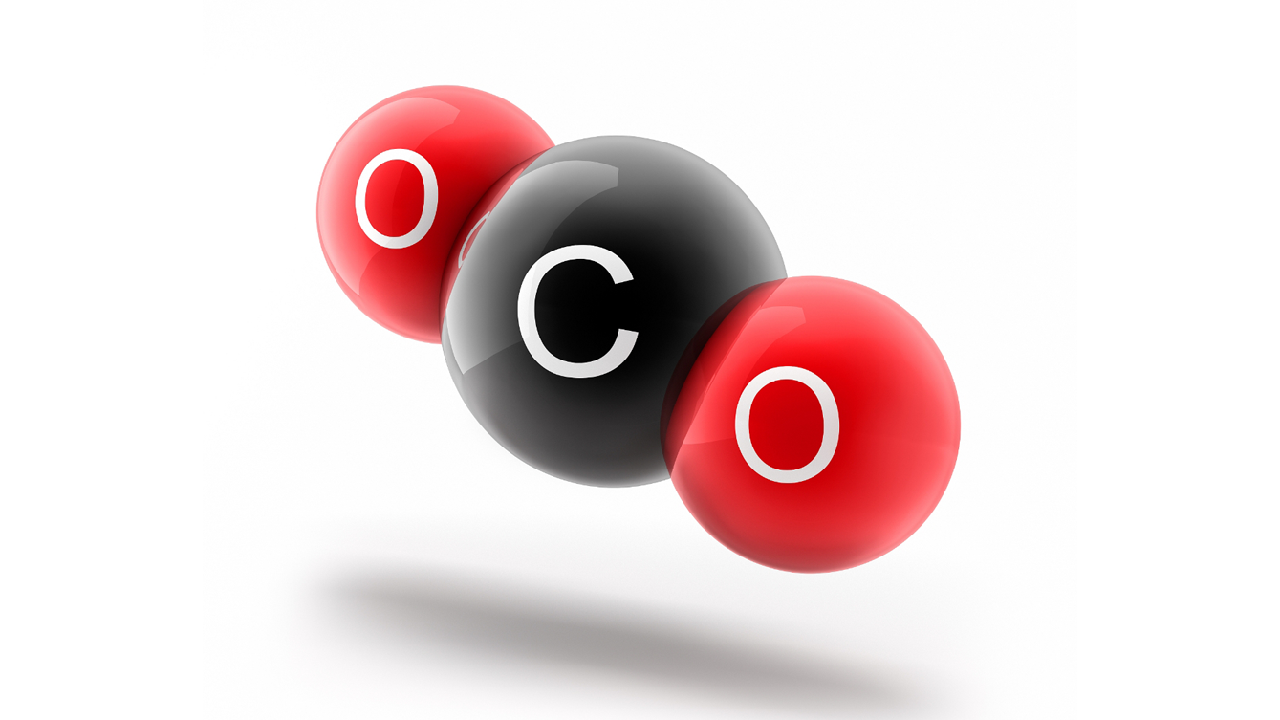Research indicates abnormal changes in CO2 molecules when exposed to intense radiation
Research indicates that CO2 molecules exhibit unusual alterations when exposed to intense radiation.

The findings, released in the journal Nature Communications, involve researchers from HU, the Max Planck Institute for Nuclear Physics in Heidelberg, and the Deutsches Elektronen-Synchrotron DESY in Hamburg. Their exploration revealed that CO2 molecules exhibit unusual asymmetric structural changes when irradiated. This change breaks the typical symmetry and leads to the creation of CO3 groups. These groups could be significantly important for the development of complex chemical structures in the frigid reaches of space.
According to HU, this breakthrough could illuminate new aspects of chemical reactions in both atmospheric and extraterrestrial settings, enhancing our knowledge of how molecules behave in extreme environments.
During their research, the team utilized time-resolved extreme ultraviolet (EUV) imaging along with computer models to examine the behavior of CO2 molecule pairs after being ionized. They observed that the molecule pairs transition from a stable slipped-parallel configuration to a T-shaped arrangement remarkably quickly — in approximately 100 millionths of a billionth of a second. Subsequent ionizations led to the formation of a stable compound.
The researchers added, "The pair of CO2 molecules exists in a superposition of two symmetry-breaking states. The system preserves symmetry until the quantum wave function collapses upon measurement, resulting in one CO2 molecule rotating relative to the other."
The study concludes that understanding how charge distribution influences the ionization of these dimers is vital for insights into molecular interactions under such extreme conditions.
Sanya Singh for TROIB News
Discover more Science and Technology news updates in TROIB Sci-Tech












